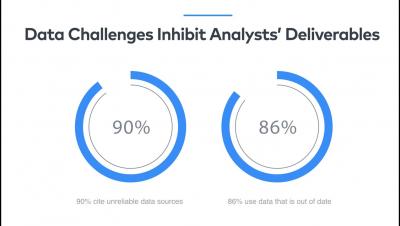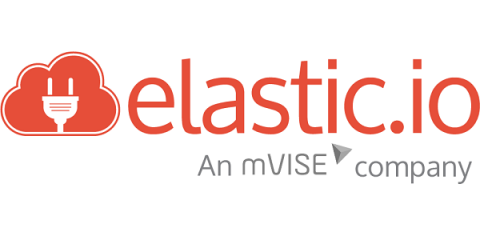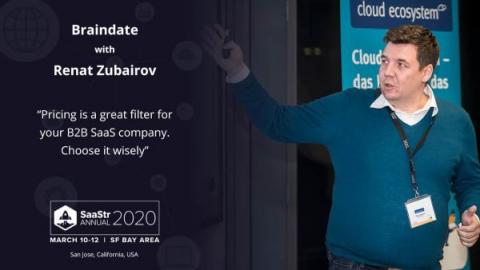Systems | Development | Analytics | API | Testing
Integration
The 'new normal' of data management
There are few parts of business that the Covid-19 pandemic hasn’t impacted, in some cases creating pervasive and long-lasting change. While no one knows exactly how our lives will emerge from this upheaval, for businesses it’s clear that long term survival depends on agility. Entire workforces have been mobilised in a matter of weeks. Employees – even the Luddites among us – have had to adopt new ways of working and many are in no rush to return to the traditional office!
Survival of the stickiest: SaaS customer retention strategies for unprecedented times
IDC forecast that 2019 would be the year when enterprise IT spending by departmental managers overtook spending by the IT department itself. Cloud-based on-demand services have become the norm by lowering barriers to technology purchases and enabling cost centre managers to quickly and easily deploy the software of their choice. Flexible subscription contracts gave access to an almost unlimited bank of resource to accommodate seasonal and periodic spikes in demand.
Why COVID-19 is rewarding the frontrunners of digital transformation
With increasingly draconian measures worldwide aimed at keeping people at home to quell the spread of COVID-19, companies of all shapes and sizes and across the majority of industries are finding themselves in the same situation – how to equip and empower their workforce for mobile working. More than 5 million companies around the world will experience an impact at a cost to the global economy exceeding US$1 trillion.
Vodafone TOBi Hackathon - A Winning Experience for All
It has been a week since several of our mVISE and elastic.io developers attended the Vodafone TOBi Hackathon at the Vodafone Sky Lounge in Düsseldorf. Some of them were in the 3rd place team and all contributed greatly to the future success of the TOBi Chatbot. Teams formed, ideas flowed, problems were overcome, and the air was filled with the sounds of developer’s keystrokes!
SaaStr Annual Braindates: Pricing is a great filter for your B2B SaaS company. Choose it wisely.
Let me start by introducing myself properly: I’m Renat Zubairov, CEO and Co-Founder of a Germany-based company elastic.io, part-time techie, part-time sales, full-time father of three. And I will be hosting a topic at the SaaStr Annual Braindates 2020. While working at our previous companies, Igor, Rico (the other elastic.io co-founders) and I realized how much of a challenge the traditional software business model posed for enterprises.
The One SaaS Trend Prediction for 2020 That Matters
With $billions invested in digital transformation over recent years, it is little surprise that IDC’s 2020 forecast predicts a continued commitment to the digital enterprise. Moreover, it’s even had a fresh new look for 2020 as the ‘digital-first’ enterprise. What is interesting is the estimation that over the next five years over 90 percent of new apps will be cloud-native, many developed by enterprises themselves to address specific business goals and challenges.
elastic.io, proud to support the Open Source Integration Technology
The Open Integration Hub (OIH), has reached a milestone this week as it concludes the two-year funding commitment from Germany’s Federal Ministry for Economic Affairs and Energy (BMWi). Just to remind you, OIH project was founded in 2017 to create a central open source integration platform offering a uniform and secure standard for automatic data synchronization across various applications.
Fortune favours the sensible, or what's the deal with the iPaaS market size evaluations?
In 2018, the forecast for the iPaaS market was to grow by an astonishing 42.1% CAGR to reach a global market valuation of US $8.6billion by 2024. A considerably more recent forecast suggested a moderate, yet ‘robustly’ positive CAGR of 11.9% to reach $1.2 billion by 2022. Of all the forecasts for the global integration platform as a service (iPaaS) market, this estimate is probably the most restrained to hit the headlines in a while.
Basics of Data Integration: Why is grammar so important?
How many times have we wondered whether school lessons will ever be useful in the outside world? I never thought of the importance of trigonometry until I tried to fit a large sofa through a narrow doorway! In a similar way – unless your career path takes you in certain directions – many may question the value of grammar in real life. After all, when text-speak, emoticons and all manner of colloquialisms dominate our daily communications, how important is grammatical correctness?





